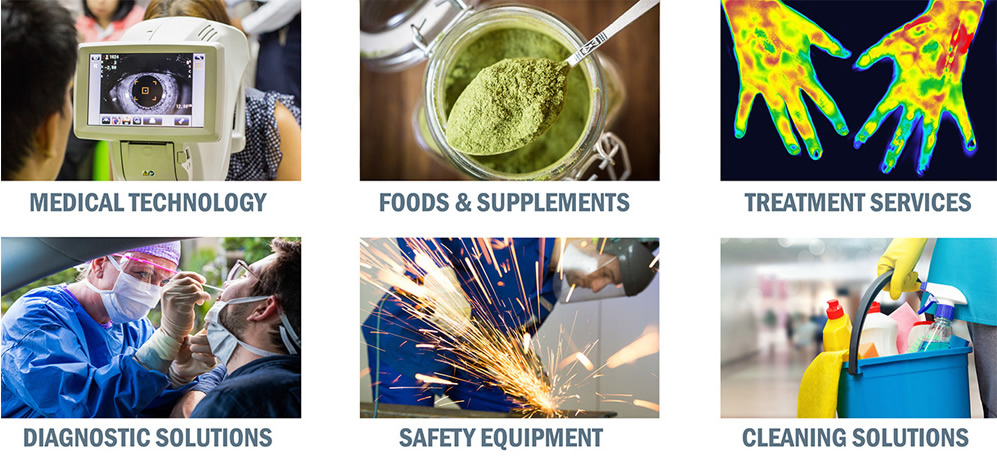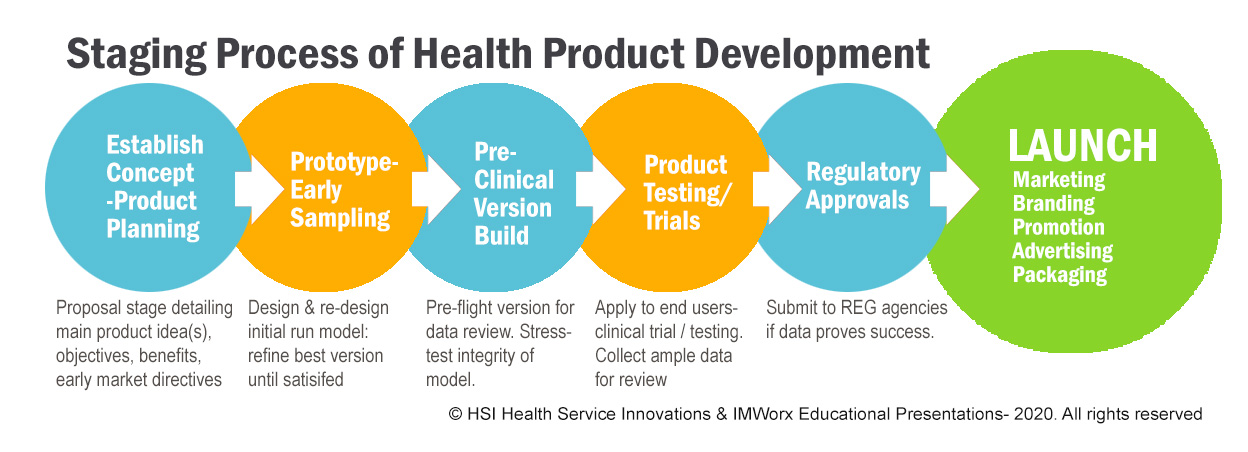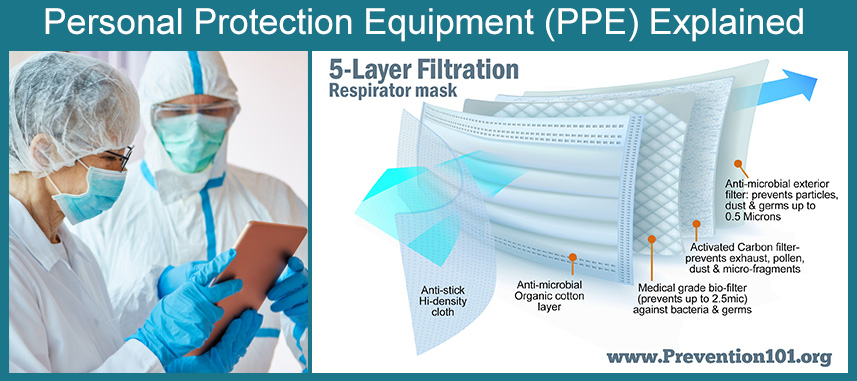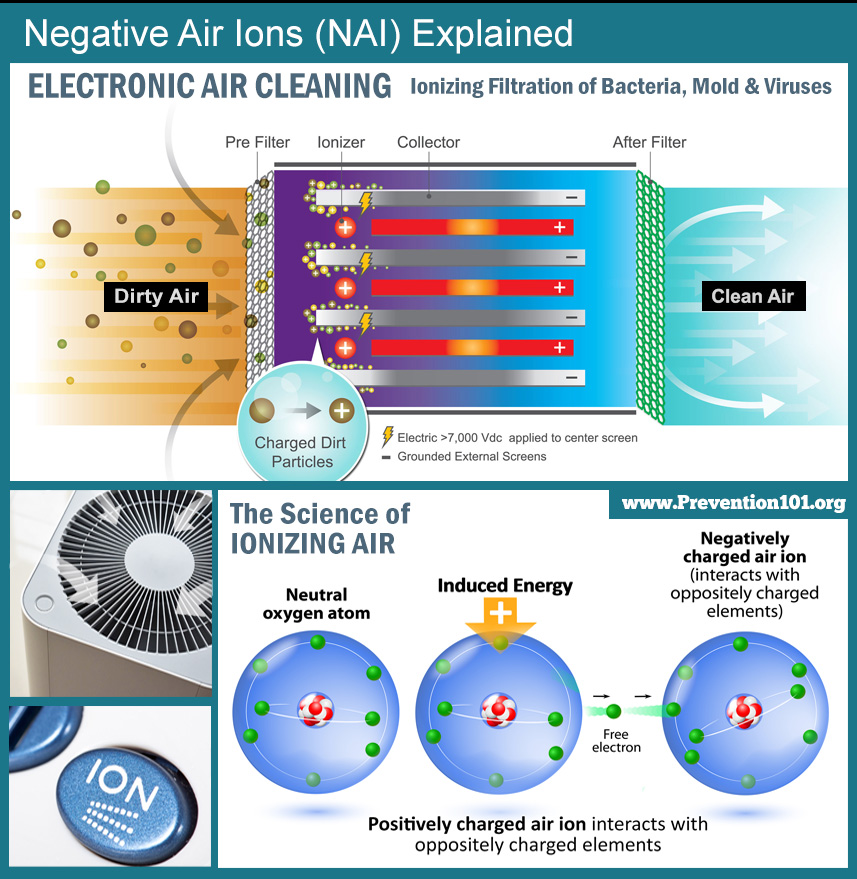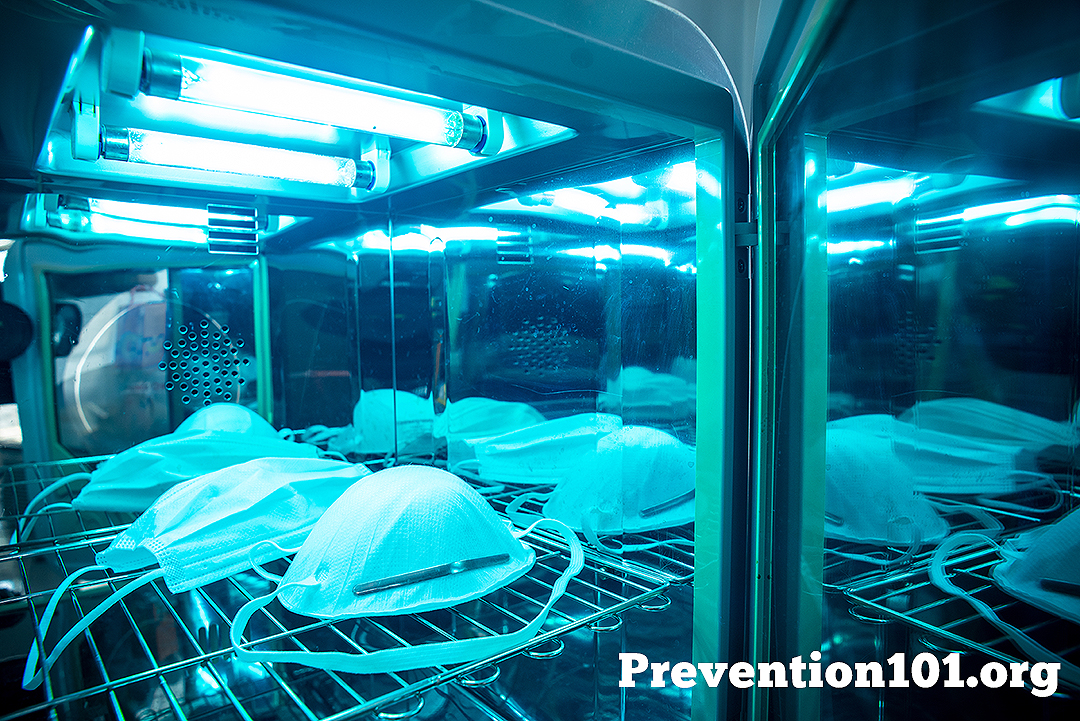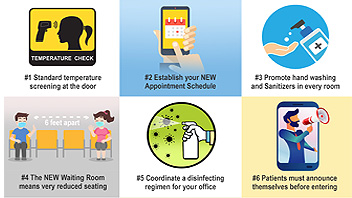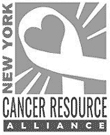
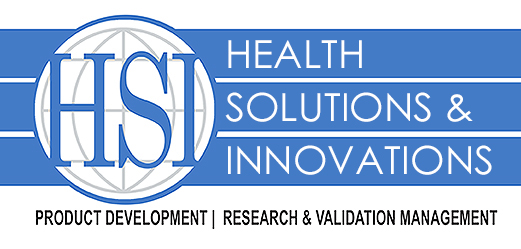 |
CLINICAL TESTING & VALIDATION REPORTS
By the year 2000, the vast majority of non-invasive health devices on the public market have taken root as part of our global market trend. From simple devices like massagers to neurostimulation equipment to more complex electronics like pulsed electromagnetic frequency, biofeedback, shockwave sonic pulse as well as light‐related energy therapies like cold laser, blue light and infrared just to name a few.
The concept behind ‘CLINICAL VALIDATION’ underscores the safety and ethically regulated commitment of ensuring that the medical device being manufactured will consistently provide the intended benefits for its use condition. Clinical validation is usually done through a series of tests and inspections. Conducting this medical validation can be offered through various protocols, consistent with official standards utilizing an Institutional Review Board (IRB) approved by the HHS and FDA regulations. One protocol that can be available for consideration by the IRB panel is the use of medical grade 3D Doppler Ultrasound imaging. The use of medical imaging technologies like an ultrasound alongside the interpretation of a certified clinical radiologist may offer biometric assessment and analyses of all scanned readings and the collection of ample data to confirm or validate a health device’s effects on the body as marketed.
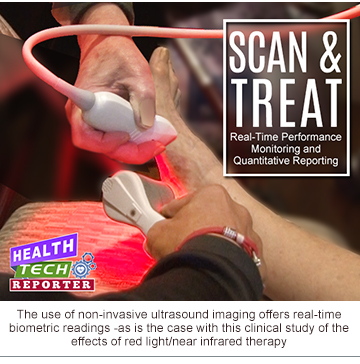 |
VALIDATION SUPPORTS PUBLIC CLAIMS
Especially when a product is a health‐related solution, testing is an important and highly critical step from a legal standpoint. This step is directly involved in a developer’s statements and claims about the device. Before any device is to be promoted for a specific use or pathology, a series of formal performance exams must be conducted to suit regulatory acceptance by an outside agency or clinical team approved by a federally backed review board. Considerations for validation include: range of physiological effects, warnings about the possible hazards, physical risk to the user in regular use, adverse reactions (potential side effects)‐ and all these elements are from data acquired during a validation study. To confirm (or validate) that a product is effective within the statements and claims that it provides the public, the manufacturer would need to invest in an exclusive and dedicated lab or agency that is poised to perform this level of testing. Said lab must acquire enough data (according to the IRB board) to support the aspired claims. If/when enough data has proven the hypothesis true, this would add to the product’s marketing credence as well as confirm the device’s ability as a health or wellness product. Any other type of observational testing outside of the authority of an IRB is considered ANECDOTAL and must be established as such‐ which holds no credence as an industrywide claim whatsoever.
See complete IMAGING-BASED PERFORMANCE TESTING*
PART 2: USE OF GENE EXPRESSION How our genes and epigenetic changes get translated into health relies on genetic expression, and this can be measured directly or indirectly through laboratory technologies. Transcriptomics looks at the RNA sequences produced directly from the DNA code and can identify all of the genes that are being expressed in a particular cell or tissue at that time. Metabolomics is something used every day in clinical medicine – you may know them as blood chemistries, cholesterol, cortisol.
Changes that occur with dietary, lifestyle, or healing technology interventions can be measured at the genomic, epigenetic, transcriptomic or metabolomic levels. |
FUNCTIONAL GENETIC EXPRESSION: PROFILING & BIOMETRIC DATA
Health and wellness are ultimately the result of balances or imbalances of our biochemistry and cellular biology. While client success stories are great testimonials, health technology companies need reliable scientific evidence to advance their development beyond general wellness and into the clinical realm.
One of the biggest challenges in validating the effects of these technologies is that the exact biological mechanisms by which they exert their healing effects are not always specifically known, or they may not know how to objectively measure them.
Advances in laboratory science and technologies have made it much easier to assess the effects of healing technologies on a genetic and molecular level.
 |
Everything that occurs in our biology is the result of our genetic blueprint that encodes for all of the proteins that run our biochemistry and cellular functions. The ultimate result is called genetic expression. Functional genetic expression is the term for how our genes are expressed and is the result of a complex interplay with our DNA code itself, the impact of errors in that code, how the genetic code gets translated into RNA and then into proteins, regulation by epigenetics and feedback from our environment. While our DNA code remains the same over the course of our lifetime, how it gets expressed is affected by a multitude of processes that result in changes in markers of how our cells are functioning.
Measuring these changes that occur before and after interventions can provide objective scientific data to show how technologies are interacting with our biology at the deepest level to improve parameters of health and well-being. One of the primary ways many of these technologies work is very likely through changes in cell signaling and genetic expression, and there are several ways to directly and indirectly assess this.
All of these can be measured with current laboratory testing technologies. Depending on the goals and of the project and the proposed scientific mechanisms of action of the device, functional gene expression profiling can include:
• GENOMICS: DNA errors called polymorphisms or SNPs – these can change the code for the proteins that genes produce, potentially altering their functioning or production, which in turn alters the biochemistry and biology systems in which they function. While these SNPs wouldn’t change before and after an intervention, their potential impact could be modified. • PROTEOMICS: All genes produce proteins (enzymes, transporters, hormones, receptors etc), and the types and amounts can be identified to see which genes are being expressed and how this differs before and after an intervention. • EPIGENETICS: Specific chemical tags control which genes are turned on and turned off at any given time and respond to cues from our environment to help us adapt for short-term survival, but this is not always advantageous for long-term health. The most studied tags are called DNA methylation, and this is the technology being used to assess biological aging of cells. Testing before and after interventions can assess whether they improve DNA methylation health indicators. • METABOLOMICS: All biochemical processes produce metabolites, or byproducts, that can be measured to assess functioning of the proteins that run these biochemical processes. This is what most conventional labs test for. • TRANSCRIPTOMICS: DNA must be transcribed into RNA in order to be translated into the final protein. Measuring RNA to directly evaluate transcription of one or multiple genes can assess impact of an intervention on this part of genetic expression. This includes evaluation of cell signaling pathways and is the most advanced method for assessing impact. |
 Image Credit: GTEx Consortium. Genetic effects on gene expression across human tissues. Nature 550, 204–213 (2017). https://doi.org/10.1038/nature24277 CC BY 4.0 Image Credit: GTEx Consortium. Genetic effects on gene expression across human tissues. Nature 550, 204–213 (2017). https://doi.org/10.1038/nature24277 CC BY 4.0 |
"HIGH SCIENCE" BRINGS UNDISPUTED PEACE OF MIND
As genetic reporters, we understand our clients' goals to get their innovation to the finish line. This means bringing innovation(s) to market by offering an integrity-based scientific backbone to confirm (or challenge) their efficacy and performance. The health product development industry recognizes the strength of the output provided by Genetic Expression as engineers and science officers appreciate the level of detail and the granular array of biometric information generated from clinical case studies. Supporting our clients' needs for regulatory acceptance starts with carefully assessing your product and your testing objectives- leading us to selecting the right protocol(s) and management scenario that ensures accurate and effective information to support your claims.
With experience-based foresight and a sound testing blueprint, our clients earn peace of mind from our commitment to detail and the highest clinical distinction of genetic reporting.
INNOVATORS OF SMART IDEAS
Health related products, services or concept developers hold to task a significant list of accountability measures. From road-mapping the red tape of regulation approvals to satisfying industry and public trust by covering all proof of safety compliance, HSI is here to drive you to the finish line efficiently and cost-effectively. We do this with time-managed strategies, proven and battle-tested coordination and a fully trackable program that aligns with current standards. HSI has the combined experience and resources backed by the largest validation firms, processing agencies and industry leaders who help bring health concepts into reality.
|
|
HEALTH RELATED EQUIPMENT: SAFETY RESEARCH & COMPLIANCE • EPA: Environmental Protection Agency* |
||
CLINICAL TRIALS & PRODUCT TESTING Where clinical trials may test ways to find a disease or disorders early, sometimes before any apparent symptoms, others test ways to prevent a health problem. A clinical trial may also look at how to make life better for people living with a life-threatening disease or a chronic health problem. Having strong leadership at the collaborative helm of capturing and reviewing scientific data is paramount. HSI has a dedicated clinical investigation team that brings the sound advantage of experience-based perspective to any analytical or diagnostic paradigm. |
||
 |
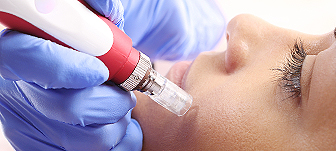 |
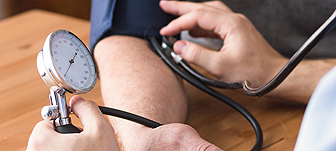 |
| It's all about PATIENT PROGRESS Medical research protects the relationship between the developer of clinical solutions and the patient community of its treatment or performance claims. Tests performed by an unbiased agencies like the AngioFoundation ensures the acquisition of untainted, unbiased data from a dedicated review campaign. |
Who needs CLINICAL TRIALS? Medical device manufacturers/inventors, drug developers, producers of additives and supplements or any entities that create materials that are accessory to healthcare treatments. Also, upgrades and modifications to these products will require further PROOFING or VALIDATION under similar testing. |
Uses for ACQUIRED DATA Producers earn the benefits of public confidence from the information harvested in Clinical Trials. To establish performance standards (let it be through regulatory compliance testing or internal quality assurance reviews) is a significant asset for any product being introduced into the market. |
|
||
Due to our current Coronvirus pandemic, the entire world quickly learned about protective technologies that made up our Personal Protection Equipment or PPE's. This education aids the end user to understand the level of safety they bring in order to properly determine how they are to be used. In this diagram, the commonly seen blue surgical mask is made up of 5 layers, designed to protect from exhaust particles, pollen, dust, bacteria and germs up to 2.5 - 0.5 microns. The Coronavirus' recorded size is 0.12 microns. (click image to enlarge) |
||
NEGATIVE AIR IONS-
|
||
UV-C LIGHT: MODERN ZERO-CHEM SANITIZING |
||
THE PORTABLE (REMOTE ACCESS) ULTRASOUND MOVEMENT Decades after its inception, this diagnostic innovation continues to respond to its many countless uses in the field. From hand-held models the size of a smart phone, to smart-phone integrated multi preset probes, ultrasound imaging is trending in expansion as the preferred "digital stethoscope" for emergency responders and bedside scanning. Since the first clinical use of the echocardiogram in the 1953, to the introduction of the ultrasound in 1966 to OB/GYN medicine, to the success of the Doppler ultrasound's blood flow imaging in the 1970s, significant advancements in ultrasound technology continue to challenge earlier forms of imaging modalities like its radiation-based counterparts (like the isotope scan, X-rays and CT Scans). But much more than the ultrasound's safety benefits and performance upgrades is its ability to evolve into a portable hand-held "diagnostic lab on-the-go". This makes it the ideal imaging base for the many remote demands and for the new generation of health responders. |
||
SAFETY PROGRAM |
||
 |
||
|
||
| PUBLIC EDUCATION | ||
PREVENTION101.org is a web-based publication supporting all communities of professional caregivers and survivors. Our volunteer contributors provide reearch-backed information aligned with any and all current sciences and health agencies. PREVENTION101.org is published by notable professionals whose commitment to public education is to support free press with health-related content such as proven data from the medical and scientific communities. We cover the latest in treatment protocols, scientifically proven research, protection solutions, public effects, clinical trials in progress, new medical technologies and reports on current health crises. PREVENTION101.ORG is also supported in part by its alliances with the NY Cancer Resource Alliance, the AngioFoundation, the First Responders Health Resource and the editorial team of InterMediaWorx (publishers of AwarenessforaCure.org, ImmunologyFirst.org and Journal of Modern Healing). NEW ISSUE: Review of MATH+, is reported to be an effective treatment protocol using a combination of medicines that is having remarkable success in hospitals that have adopted its use. According to the critical care physicians applying this formula, MATH+ manages multiple facets of the illness, such as sepsis, inflammation, severe clotting, and acute respiratory distress syndrome (ARDS), all complications known to arise from CoronaVirus infection. This protocol is designed to counter the body’s overwhelming inflammatory response to the virus as it is this hyper‐inflammation, not the virus itself, that damages the lungs and other organs, and ultimately leads to multi-organ failure and death. |
||
| ASSOCIATIONS | ||
The New York Cancer Resource Alliance (NYCRA) is a self-funded union of volunteers comprised of caregivers, accredited medical professionals, cancer educators, publishers and published experts, patient support clinicians and non-profit foundation partners whose united mission is to bring public education and supportive resource information to the community of patients, survivors and any individual(s) seeking answers about cancer. NYCRA is an exclusive, non-commercial private network originally established on the LINKEDIN digital society and is supported in part by the AngioFoundation whose mission is to share informative materials to the community. For more information, visit: www.NYCRAlliance.org |
||
| Copyright Notice: Unless otherwise indicated on this Internet web site, you may display, download, archive, and print a single copy of any information on this Internet web site, or otherwise distributed from us for such personal, non-commercial use. Also, certain content may be licensed from third-parties. The licenses for some of this Content may contain additional terms. When such Content licenses contain additional terms, we will make these terms available to you on those pages, in the Terms of Use or in the Additional Information section of our Site (which his incorporated herein by reference). This website does not support, endorse or recommend any specific products, tests, physicians, procedures, treatment opinions or other information that may be mentioned on this site. Referencing any content or information seen or published in this website or shared by other visitors of this website is solely at your own risk. The publishers/producers of this Internet web site reserves the right, at its sole discretion, to modify, disable access to, or discontinue, temporarily or permanently, all or any part of this Internet web site or any information contained thereon without liability or notice to you. | ||
| © Copyright 2020 -InterMediaWorx Inc. All Rights Reserved |
 Image credit: Caudai, C., Galizia, A., Geraci, F. et al (2021). AI applications in functional genomics. Computational and Structural Biotechnology Journal, 19, 5762-5790. https://doi.org/10.1016/j.csbj.2021.10.009 CC BY-NC-ND 4.0
Image credit: Caudai, C., Galizia, A., Geraci, F. et al (2021). AI applications in functional genomics. Computational and Structural Biotechnology Journal, 19, 5762-5790. https://doi.org/10.1016/j.csbj.2021.10.009 CC BY-NC-ND 4.0